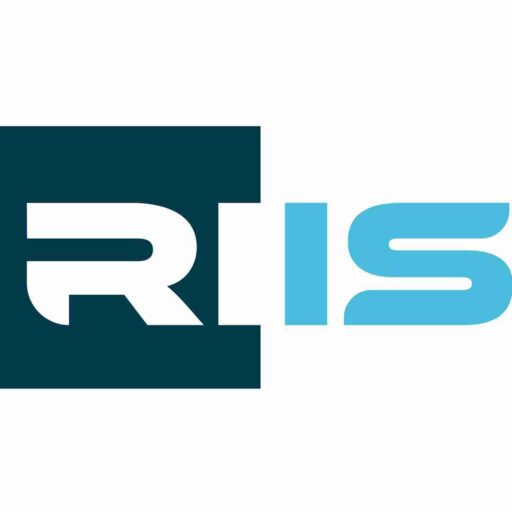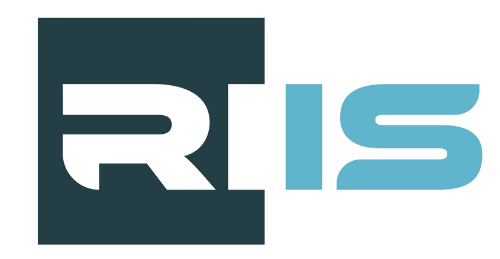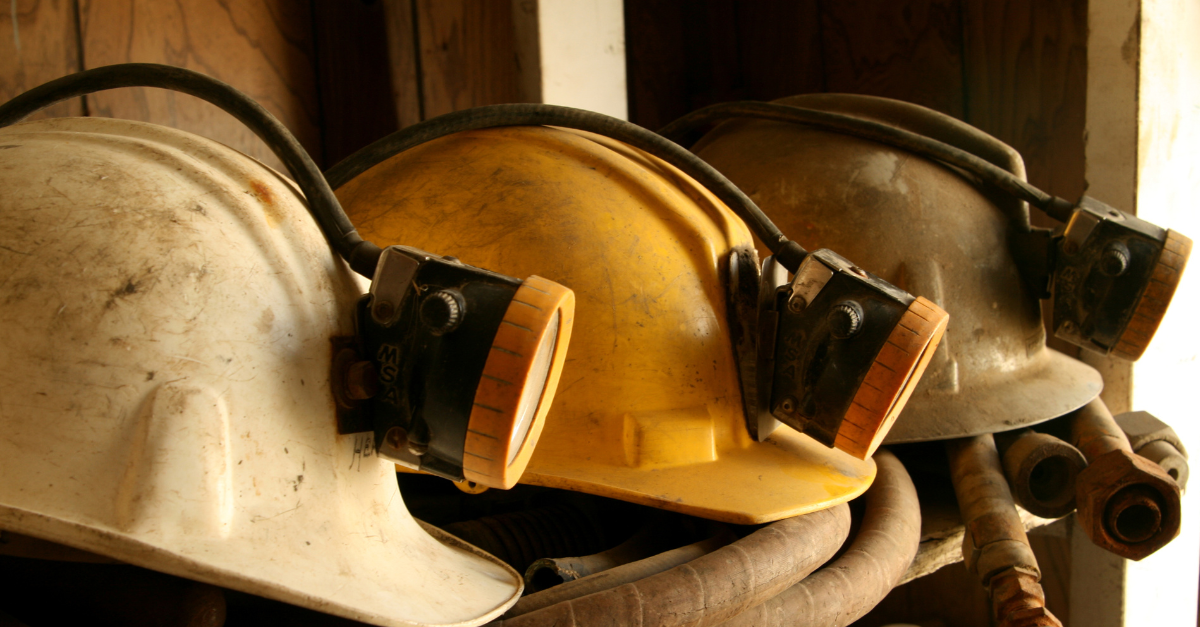Gender-based violence (GBV) remains a critical area of focus within South Africa’s journey toward social equity and inclusive development, particularly in the mining sector.
While the mining industry has made significant progress through policy reform and transformation efforts, there is growing recognition that creating truly safe and inclusive workplaces requires sustained, collective action.
As part of its ongoing commitment to inclusive innovation and sector transformation, the Research Institute for Innovation and Sustainability (RIIS) supported the Mandela Mining Precinct’s Successful Application of Technology Centred Around People (SATCAP) Programme in delivering a powerful session titled “Her Story”.
Focused on GBV, skills development, and inclusion of women in mining, the session brought together 113 participants in a hybrid format, including 16 influential speakers from mining companies, trade unions, academia, civil society, youth organisations, the Mine Health and Safety Council, and NGOs working with GBV survivors.
The discussion created space for authentic engagement on critical issues often overlooked in the mining sector and delved into the jobs and skills needs for women’s progression and inclusion in mining.
Spotlight on GBV
A key focus of the event was the pervasive issue of gender-based violence in the mining industry, impacting not only women but also men and LGBTQI+ communities. Insights from the session emphasised the importance of attitudinal shifts, multi-stakeholder collaboration, and inclusive organisational cultures as vital to creating safer workplaces.
Harmony Gold mine provided an insightful case study around its strategy, mitigation and prevention efforts. Association of Mineworkers and Construction Union (AMCU) highlighted the importance of multi-stakeholder collaboration and the need for concrete mitigation strategies.
NGOs and academics highlighted the need for deeper, data-informed responses, urging the sector to go beyond reporting statistics and instead focus on survivors’ lived experiences and resolution outcomes.
READ MORE: Bridging the Valley of Death – A Commercialisation Framework for Mining Innovation
Building a More Inclusive Workforce
Discussions also explored strategies for increasing women’s representation in mining, aligned with the sector’s 2030 target of 30% female participation. Speakers advocated for targeted interventions such as mentorship for graduates, leadership development pathways, and enabling policies that support women’s entry into digital and automated roles.
The session also considered broader socioeconomic dynamics, linking issues like poverty, inequality, and workplace culture to systemic GBV and exclusion.
Participants described the session as insightful, timely, and a valuable platform for dialogue, discussion and reflection.
Driving Systemic Change
As a SATCAP collaboration partner, RIIS supported the design and delivery of this session as part of its wider role in stakeholder engagement. By facilitating dialogue and supporting evidence-based policy development, RIIS continues to play a key role in shaping a more equitable, inclusive, and innovation-ready mining ecosystem.
The mining sector is taking meaningful steps toward addressing gender-based challenges and advancing women’s participation. Progress is being built on collaboration, innovation, and a shared commitment to inclusion.
The “Her Story” session reinforced that sustained change will require continued collective responsibility, transparent partnerships, and a dedication to embedding gender equity into every layer of the industry’s culture and operations. With these principles at the forefront, the sector is well-positioned to build a safer, more inclusive, and future-ready mining ecosystem.







